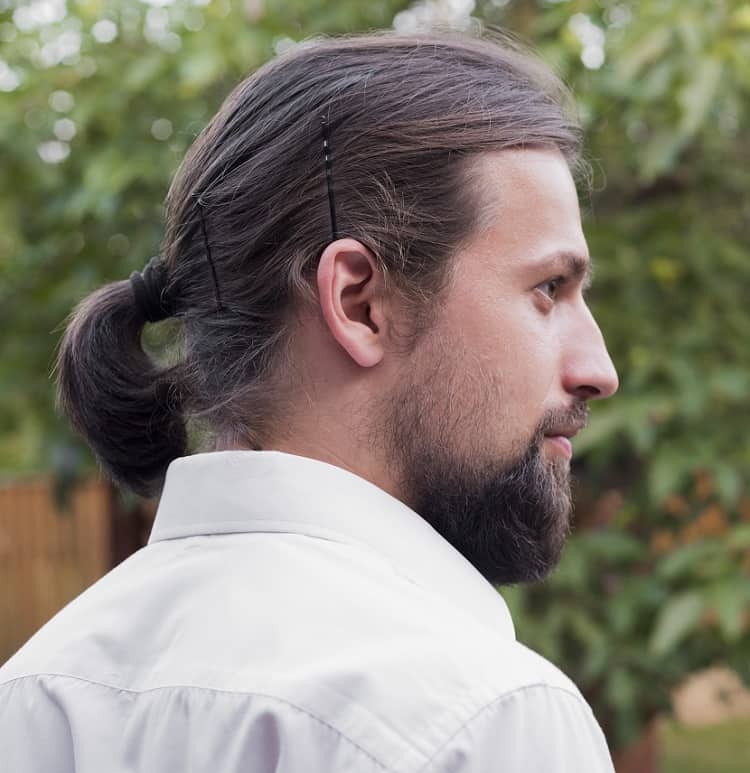

As such, the queue-cutting fads of the New Policies period and the eventual en masse cutting in the early Republic did not represent a resurgent indigenous notion of masculinity, but rather the ascendancy of a new, 'modern' conception which rejected the traditional long-haired ideal alongside the Manchus' impositions. The partial tonsure was still seen as emasculating, but now, so too was growing out the remaining hair and braiding it.

This image, in the literal, aesthetic sense, involved emulation of foreign military uniforms, which were seen as simple and utilitarian, and the queue, which flopped about in the wind and while running, was seen to conflict with this.

This became especially potent amidst the empire-wide military modernisation programme that took place after 1900, which disseminated an image of idealised military masculinity.

Chinese men in the late Qing, particularly in riverine and coastal urban areas, came to identify increasingly with notions of masculinity developed in the West. Interestingly, though, the precise nature of how the queue edict was perceived underwent a shift in the late 19th century.
#QUEUE HAIR FULL#
For those for whom Buddhism was enough of a compensation for it, then full shaving was fine, for those for whom it was not, they either bore the apparent shame or submitted to execution pride intact. The reason for the resistance was that long hair was traditionally seen as a sign of masculinity, and so the Manchus' requirement to shave it was seen as an emasculation. Early in the Qing it was mandated that all men should shave their hair except for enough to string through the hole in a coin over time this became heavily relaxed until, by the mid-eighteenth century, the more familiar form of queue, with only the forehead shaved, was adopted.Īs such, there was no reason why balding men were at particular risk, and indeed you could argue that nature was doing the shaving for them! Also, Buddhist monks underwent (well, still undergo) full tonsure, and there was no prohibition against that, either, a loophole which a handful of Ming loyalists, notably Lü Liuliang (whose writings formed the basis of a small seditious underground into the 1720s), exploited. In fact, although the queue was what you were required to tie your unshaved hair into, the principal element was not the queue but the tonsure. It is somewhat of a misconception that it was the wearing of the queue that was the primary mandated aspect. Previous AMAs | Previous Roundtables Featuresįeature posts are posted weekly. May 25th | Panel AMA with /r/AskBibleScholars Please Subscribe to our Google Calendar for Upcoming AMAs and Events To nominate someone else as a Quality Contributor, message the mods. Our flaired users have detailed knowledge of their historical specialty and a proven record of excellent contributions to /r/AskHistorians. Please Read and Understand the Rules Before Contributing. Report Comments That Break Reddiquette or the Subreddit Rules. Serious On-Topic Comments Only: No Jokes, Anecdotes, Clutter, or other Digressions. Provide Primary and Secondary Sources If Asked. Write Original, In-Depth and Comprehensive Answers, Using Good Historical Practices. Questions should be clear and specific in what they ask, and should be able to get detailed answers from historians whose expertise is likely to be in particular times and places. Nothing Less Than 20 Years Old, and Don't Soapbox. Be Nice: No Racism, Bigotry, or Offensive Behavior.


 0 kommentar(er)
0 kommentar(er)
